Market Growth Projections
The Global Compression Therapy Market Industry is projected to experience substantial growth over the next decade. With a market value of 3.48 USD Billion in 2024, it is expected to reach approximately 5.6 USD Billion by 2035. This growth trajectory suggests a compound annual growth rate of 4.42% from 2025 to 2035. Factors contributing to this growth include the rising prevalence of chronic venous disorders, technological advancements in compression devices, and an increasing geriatric population. These dynamics indicate a robust and expanding market, reflecting the growing importance of compression therapy in healthcare.
Increasing Geriatric Population
The aging global population is a significant driver of the Global Compression Therapy Market Industry. Older adults are more susceptible to conditions requiring compression therapy, such as edema and venous insufficiency. As the demographic shift continues, healthcare systems worldwide are adapting to meet the needs of this population. The increasing demand for compression therapy solutions tailored for older patients is likely to stimulate market growth. This trend aligns with the projected compound annual growth rate of 4.42% from 2025 to 2035, indicating a sustained increase in market value as the geriatric population expands.
Expansion of Healthcare Infrastructure
The expansion of healthcare infrastructure, particularly in developing regions, is a critical driver for the Global Compression Therapy Market Industry. Improved access to healthcare facilities and services is facilitating the diagnosis and treatment of conditions that benefit from compression therapy. As healthcare systems evolve and invest in advanced medical technologies, the availability of compression therapy products is likely to increase. This trend is expected to support the market's growth trajectory, aligning with the anticipated compound annual growth rate of 4.42% from 2025 to 2035, as more patients gain access to necessary treatments.
Growing Awareness of Preventive Healthcare
There is a notable increase in awareness regarding preventive healthcare measures, which is positively influencing the Global Compression Therapy Market Industry. Patients and healthcare providers are increasingly recognizing the benefits of compression therapy not only for treating existing conditions but also for preventing complications related to venous disorders. Educational initiatives and campaigns aimed at promoting the importance of early intervention are likely to enhance market penetration. This growing awareness is expected to contribute to the market's expansion, supporting the forecasted growth from 3.48 USD Billion in 2024 to 5.6 USD Billion by 2035.
Rising Prevalence of Chronic Venous Disorders
The Global Compression Therapy Market Industry is experiencing growth due to the increasing prevalence of chronic venous disorders such as varicose veins and chronic venous insufficiency. These conditions affect millions globally, leading to a heightened demand for effective treatment options. Compression therapy is recognized as a primary intervention for managing these disorders, which is likely to drive market expansion. As of 2024, the market is valued at approximately 3.48 USD Billion, and this figure is expected to rise significantly as awareness and diagnosis of venous disorders improve, indicating a robust growth trajectory for the industry.
Technological Advancements in Compression Devices
Technological innovations in compression therapy devices are propelling the Global Compression Therapy Market Industry forward. Enhanced features such as programmable pressure settings, smart textiles, and wearable technology are making compression therapy more effective and user-friendly. These advancements not only improve patient compliance but also expand the range of applications for compression therapy, including post-surgical recovery and sports medicine. As the industry evolves, the integration of technology is likely to attract a broader consumer base, contributing to the projected market growth from 3.48 USD Billion in 2024 to an estimated 5.6 USD Billion by 2035.
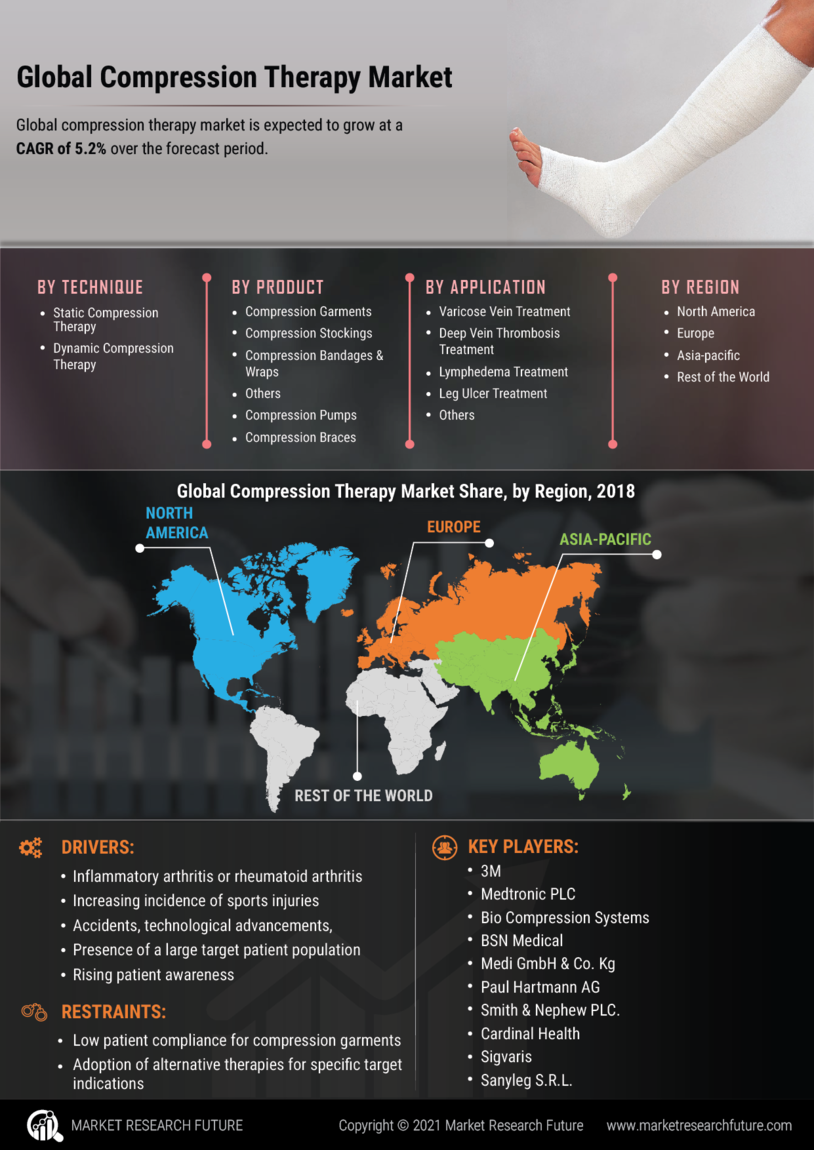

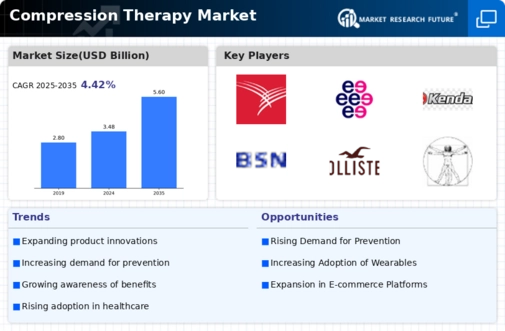
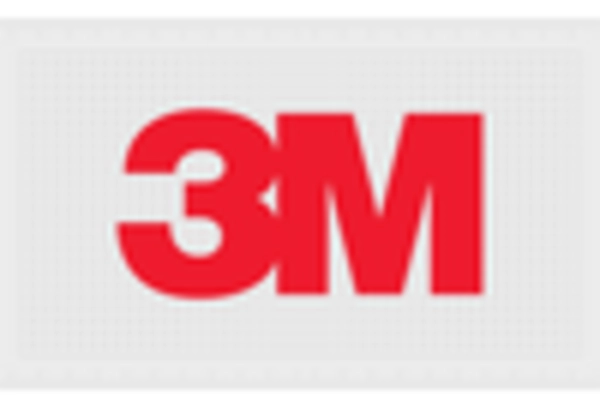

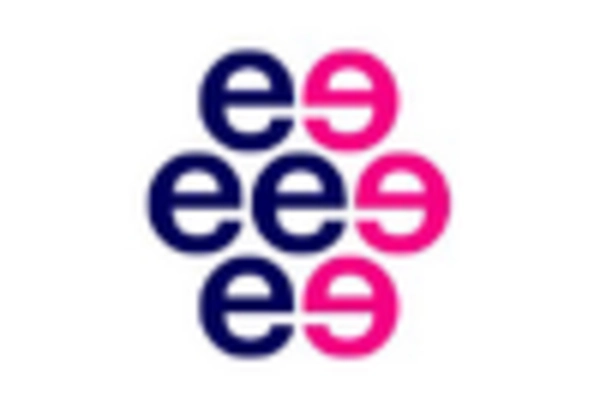
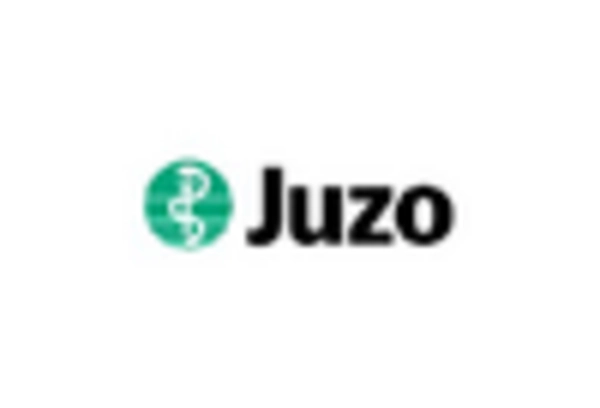
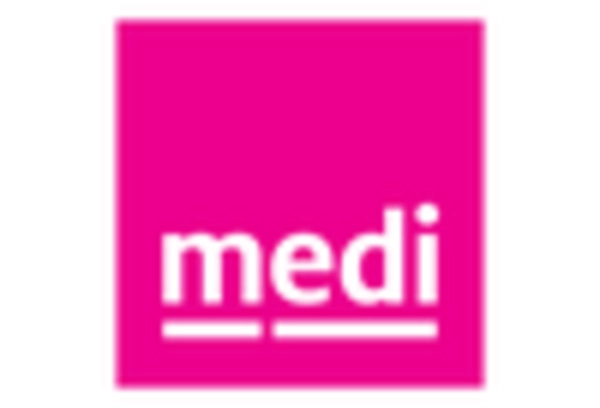
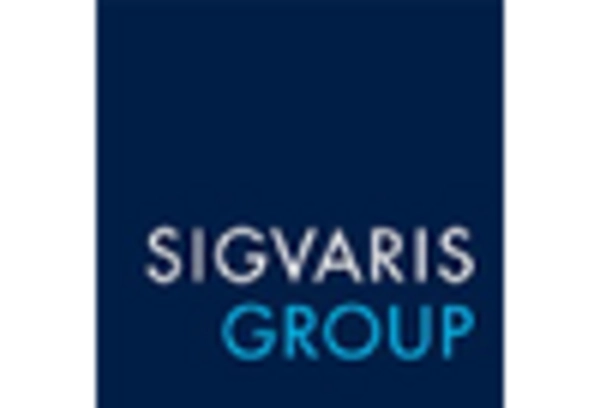








Leave a Comment